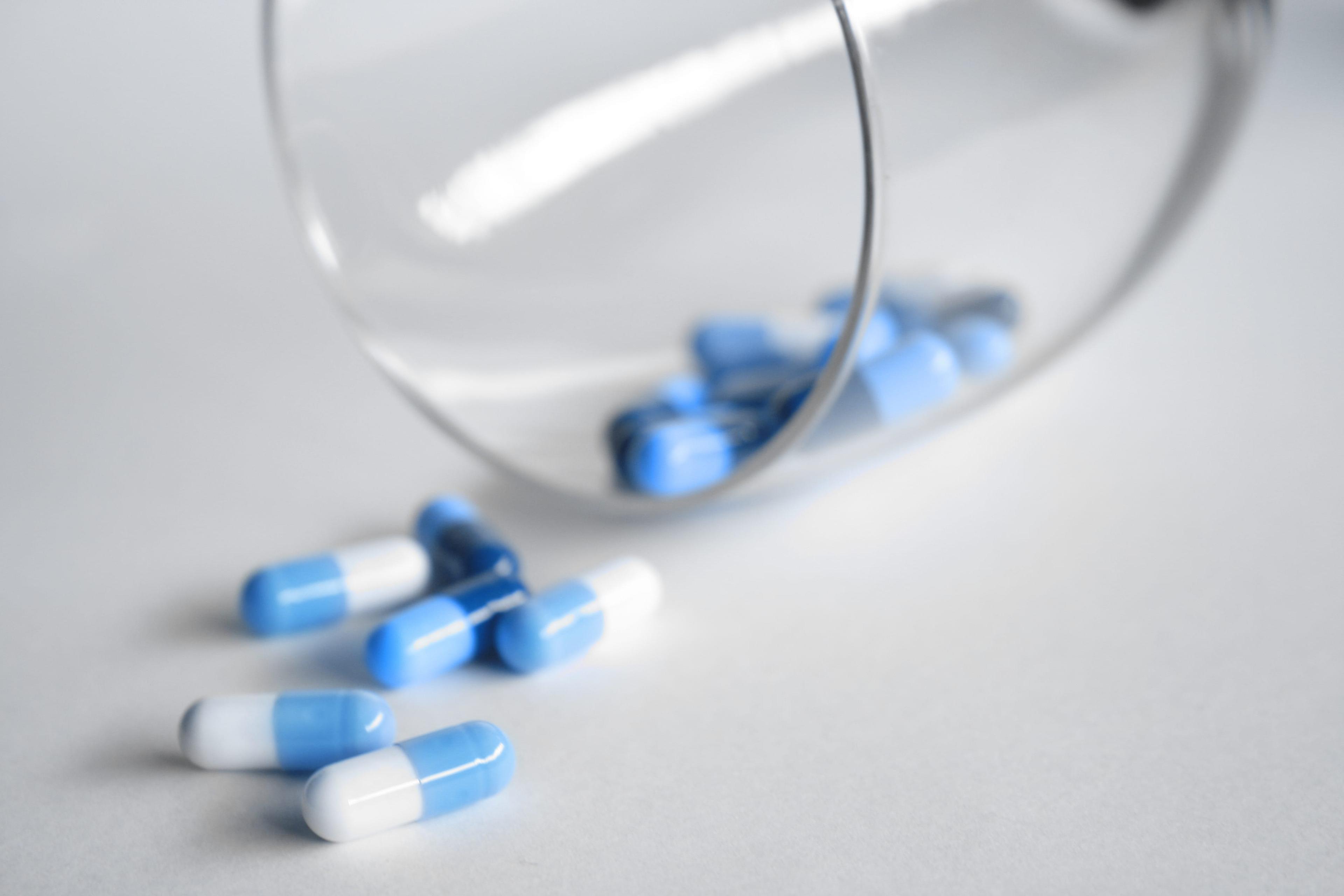Five Steps to Avoid Prescription Medication Abuse in Teens
Dr. Gary Vance
| 3 min read
Associate Dental Consultant

A nationwide survey among 8th, 10th and 12th graders shows that teens perceive less risk in trying prescription drugs like Vicodin and OxyContin than in previous years. As the opioid crisis continues to affect communities across the country, it’s important to note changing attitudes toward substance abuse often precedes changes in reported use. Prescription medications are among the most commonly abused drugs in the United States. Unfortunately, many teenagers assume medications prescribed by the doctor are safe to take under any circumstances. Among those abused most often are Vicodin and OxyContin, two opioid drugs regularly used to control post-treatment dental pain. In 2013, nearly 42,000 students from 389 public and private schools participated in a Monitoring the Future survey funded by the National Institute on Drug Abuse and conducted by the University of Michigan. The study measures drug, alcohol and cigarette use and related attitudes among 8th, 10th and 12th graders nationwide. When used as directed, narcotics like Vicodin and OxyContin are important and effective painkillers. However, when they’re taken in ways other than prescribed, they can be deadly. The death rate from unintentional drug overdose has skyrocketed in the past decade, driven by deaths associated with prescription painkillers. Of those who die of an opioid overdose, almost two-thirds of the drugs used were originally prescribed for someone else. While the survey showed non-medical use of prescription narcotics had dropped since 2009, there were still causes for concern—including the finding that teens perceive less risk in trying prescription drugs like Vicodin and OxyContin than in previous years. Further research suggests that the abuse of prescription opioids like Vicodin and OxyContin is responsible for a recent spike in heroin use in suburbia. Both Vicodin and OxyContin can also be most tempting for teens who may not have a personal interest in using them, but recognize the street market value. In 2014, a single hydrocodone or oxycodone tablet ranged from $1 to $80 in Michigan. Adults play an important role in keeping prescription drugs from being abused by teens. Family members receiving any treatment that requires the use of a prescription pain medication should take the following steps to prevent abuse of these medications:
- Discuss the danger of legal prescription drugs misuse and how it compares closely to the use of illegal street drugs
- Monitor dosage and quantities to ensure all pills are accounted for in the household
- Keep prescription drugs in a secure location that isn’t readily accessible to teens
- Dispose of any unused prescriptions at a safe collection site near you
- Talk with families, friends and neighbors about how teens are misusing prescription drugs and what can be done to prevent teens from becoming victims of drug abuse
Find more information on getting help when you need it, check out these other blogs:





